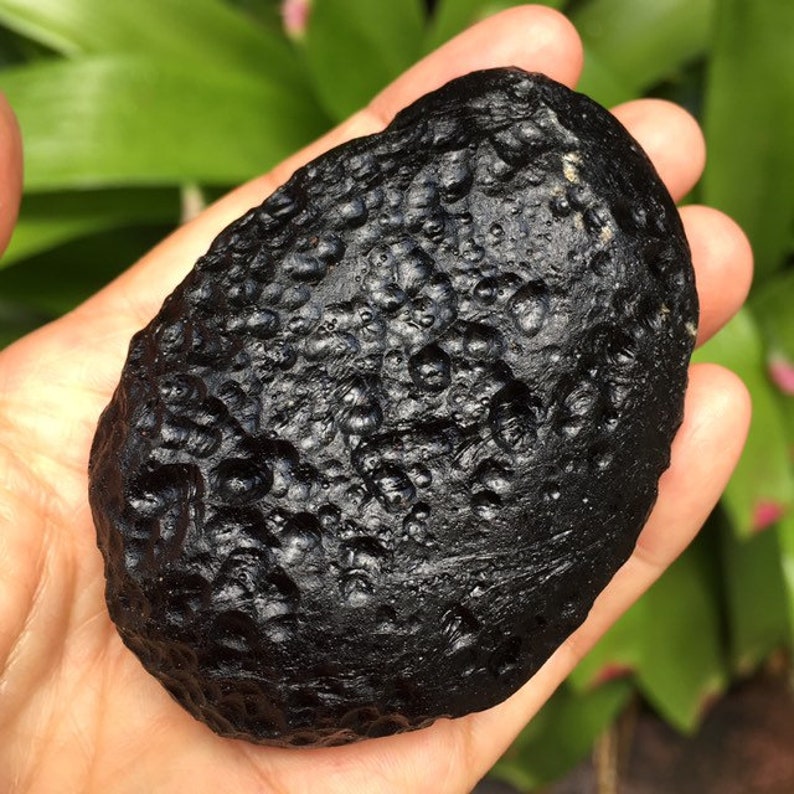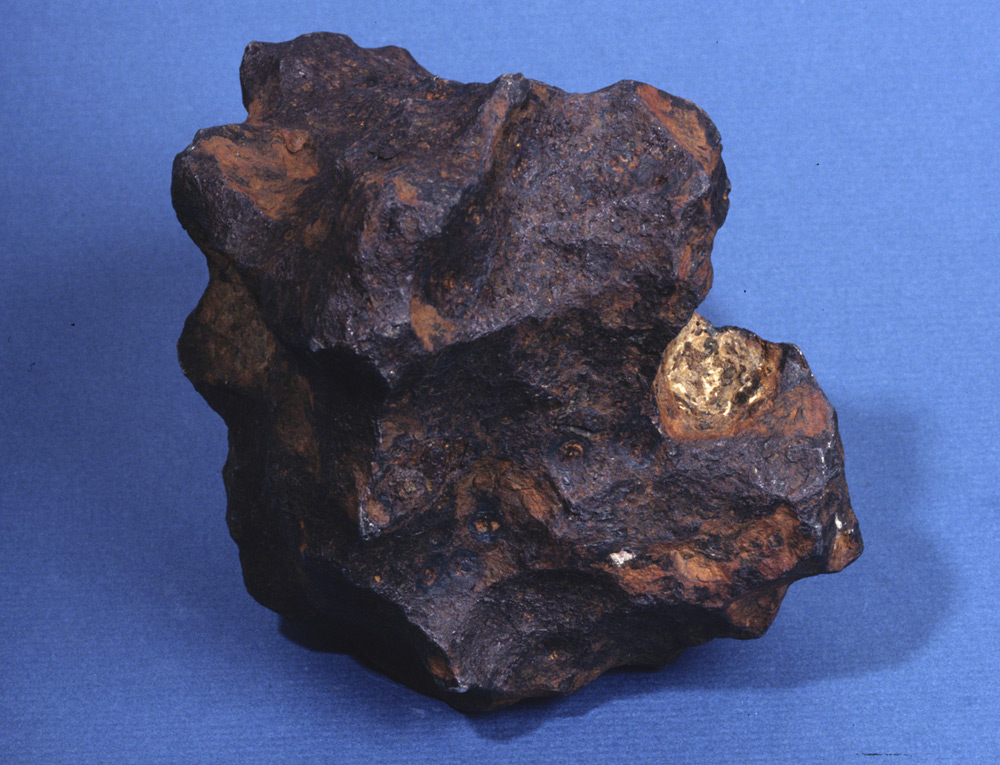

Fresh meteorites may not make brown powder but older stone meteorites usually will.

The powder produced by grinding most meteorites will be brown. But, it will not have metal grains when ground and the powder produced by the grinding will be black. Magnetite is one of the most common and is often found in rocks. But many rocks on the Earth that are not meteorites contain iron in chemical forms that are magnet responsive. You will want to grind a little spot as discussed above and see if there is metal. If a magnet will stick to your rock or a magnet will pull the rock when it is hung from a string that may mean there is iron metal in the suspect rock. So having ‘Metal Grains’ is the next thing on our list of characteristics.īecause meteorites often have iron metal in them they will respond when a strong magnet is brought near them. The metal spots in meteorites will be actual metal they will look the way the chrome on a car looks. These will not be a metallic luster or shininess. One thing to think about here is what I mean by shiny metal spots. So, if you grind off a small spot on your suspect rock and find bright shiny metal spots this is another good indication that you might have a meteorite of the stone type. The moist atmosphere of the Earth has turned almost all native iron to some other chemical form of iron long ago. Metallic iron in rocks from the Earth is very rare. Stone meteorites often have grains of nickel-iron in them. So ‘Solid’ and ‘Not Crystalline’ and ‘Not layered’ are phrases to remember. They will not be layered or banded with different strips of mineral types. Most stone meteorites will not have shiny crystals in them. But it will not have holes inside if it is a meteorite. These are called chondrules and many stone meteorites (the chondrites) will have them. It may have small round structures like tiny balls showing on the broken surface. It will not be porous like lava rocks are. If the rock is broken it will be solid inside. So ‘Heavy for Size’ is the first thing to examine in your suspect rock. But, true meteorites are often much heavier for their size than an Earth rock. These meteorites look like a rock since they are made of mostly mineral material similar to many rocks originating here on Earth. This is by far the largest of the three main types. But for our purpose here let’s work with the three main classes. But, to be honest there are a lot more actual types within the three classes so it can be complicated to make a refined classification. Meteorites come in three different large classes, Stone (Stony), Iron, and Stony-Iron meteorites. But how do we know? A good place to start is with helpful information and meteorite identification tests you can do to help answer your question “Is it a meteorite?”. Some of those rocks are thought to be meteorites. Also, I have had some heavily weathered stone meteorites that leave a slight gray streak so be sure you streak a sample representative of the interior.Many people have been to the desert, or river, or perhaps even their own backyard and found a rock that is unusual. Note: Samples passing this test are not necessarily meteorites. (the heavy rectangular lid on top of the tank) It is very heavy, so be careful. You can also use the inside of your toilet tank cover. You say that you don't have a ceramic tile? You can use the bottom of an ceramic coffee cup or A stone meteorite, unless it is very heavily weathered will not normally leave a streak on the tile.

If it leaves a black/gray streak (like a soft leaded pencil) the sample is likely magnetite, and if it leaves a vivid red to brown streak it is likely hematite.

Which you think is a meteorite and scratch it quite vigorously on the unglazed side of If you take aĬommon ceramic tile, such as a bathroom or kitchen tile, it has a smooth glazed slideĪnd an unfinished dull side which is stuck to the floor/wall when installed. Magnetite especially is very magnetic (hence its name) and hematite may or may not be mildly magnetic.īoth these minerals may possibly be distinguished from meteoritic material by aĬharacteristic known as 'streak'. Iron ore is the most common meteor-wrong.


 0 kommentar(er)
0 kommentar(er)
